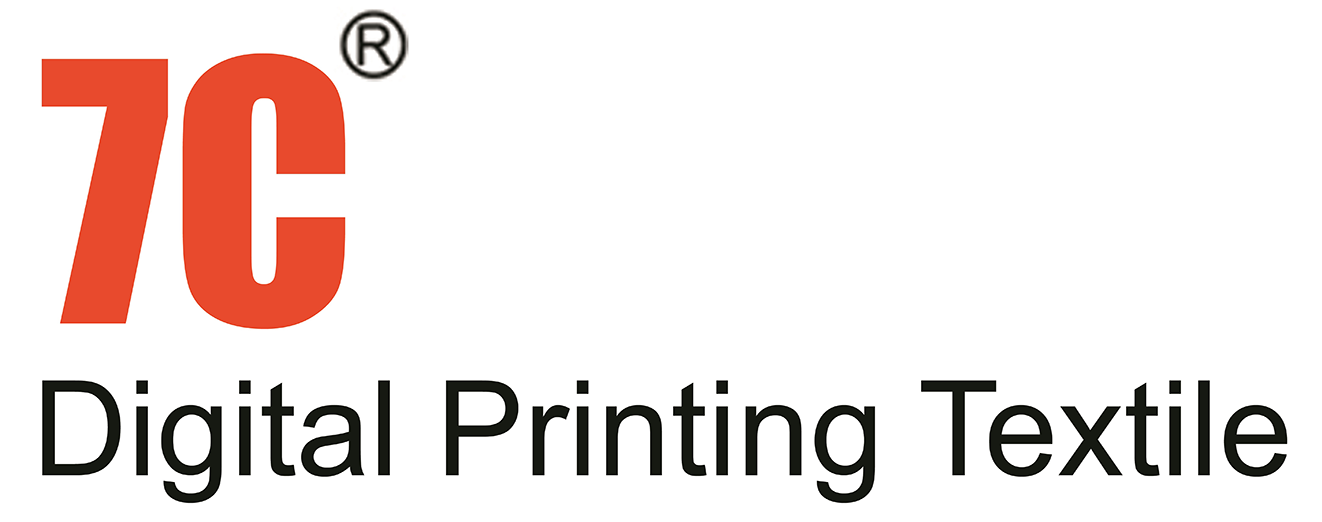What is airbrush ink?
Inkjet ink is a general term for a class of ink used in airbrush equipment, which can be classified in different ways. Distinguished by the colorant used, can be divided into dye ink and pigment ink. According to the solvent to distinguish......
Inkjet ink is a general term for a class of ink used in airbrush equipment, which can be classified in different ways. Distinguished by the colorant used, can be divided into dye ink and pigment ink. According to the solvent to distinguish, airbrush ink can be divided into water-based and non-water-based ink. Water-based ink can be divided into pigment-based, dye-based, and thermal sublimation ink by color; non-water-based ink can be divided into oil-based pigment ink, solvent-based pigment ink. In addition to the current use of more and more ultraviolet curing ink. Inkjet ink can be divided into the following six categories. ① water-based dye ink (water - base dye inks): the advantage is that the color is bright, because its solvent is water, the water evaporates after the spray painting and dry ink, no harm to the environment, more environmentally friendly; the disadvantage is that it is easy to fade, generally only used indoors. ② pigment ink (pigment inks): the advantage of good light resistance; disadvantage is that the color is darker. ③ water-based sublimation ink (water-base dye sublimation inks): the advantage is that you can transfer to other media other than paper, such as ceramics, glass and other different media; disadvantage is that the operation procedure is more trouble, and the price is higher. ④ oil-soluble ink (oil - base inks): as oil-soluble ink is made of pigments, the advantage is odorless, good light resistance; disadvantage is expensive, and must be printed on the media with a coating layer. ⑤ solvent ink (solvent - base inks): as a result of pigment-based, so the advantages of light resistance, good water resistance, and can be printed on any media. The disadvantage is that this ink itself with the oil base are flammable, is a dangerous product, there is a strong smell, there is a certain harm to the human body. ⑥ ultraviolet curing ink (UV inks): this ink itself does not contain volatile solvents, and after curing, light resistance, water resistance are very good, so it is very suitable for the printing industry; the disadvantage is not cured before, some of its monomer is easy to cause some people's allergic reactions. From the perspective of development, environmentally friendly ink is the direction of future efforts, so the proportion of water-based pigment inks used indoors will increase, because some new applications, such as digital printing, photo printing, pre-press draft are required to use some non-fading, good light resistance, can be stored in ink. Solvent-based pigment ink because of volatile organic compounds (VOC), will be subject to the relevant laws and regulations, the need for further standardization, specialization, environmental protection. Through the development of some product specifications, safety indicators, so that solvent-based ink to the direction of weak solvent development. Some highly corrosive, strong solvent ink will slowly be replaced in the future. Oil-based pigment ink will be limited to certain special industries (such as the oil industry) applications. Sublimation ink and UV-curable ink is now used in relatively few domestic applications, but it has some of its own unique advantages, characteristics, both technologies are on the rise. Inkjet ink in accordance with the applicable equipment to distinguish, can be divided into indoor photo ink and large jet machine ink. Indoor photo ink used in the hot bubble printhead or Epson high quality printhead, most of the water-based dye or pigment ink, good printing effect, fine particles; outdoor inkjet ink to solvent-based pigment ink is mostly. Water and sun protection, general picture quality, coarse particles. Weak solvent ink (ECO Ink) is actually an environmentally friendly lightweight version of solvent ink, mainly used in Epson's high quality printheads. There are also thermal sublimation inks, which can be used to transfer images onto different materials such as fabric, ceramics, glass and other products through thermal transfer methods. In actual production, ink selection is based on the characteristics of the printhead and the needs of customers to decide, the general printer ink selection is water-based dye or pigment-based ink, water-based dye ink particles are relatively fine, easy to control the quality, the chance of blocking the print head than pigment-based small, while pigment ink particles are relatively large, if the production process and quality control problems, the probability of blocking the print head is large, the printer's The performance of the printer is not stable, the quality and color of the spray map is not as ideal as the dye ink, so the purchase of relatively few customers.
Recommend Reading







